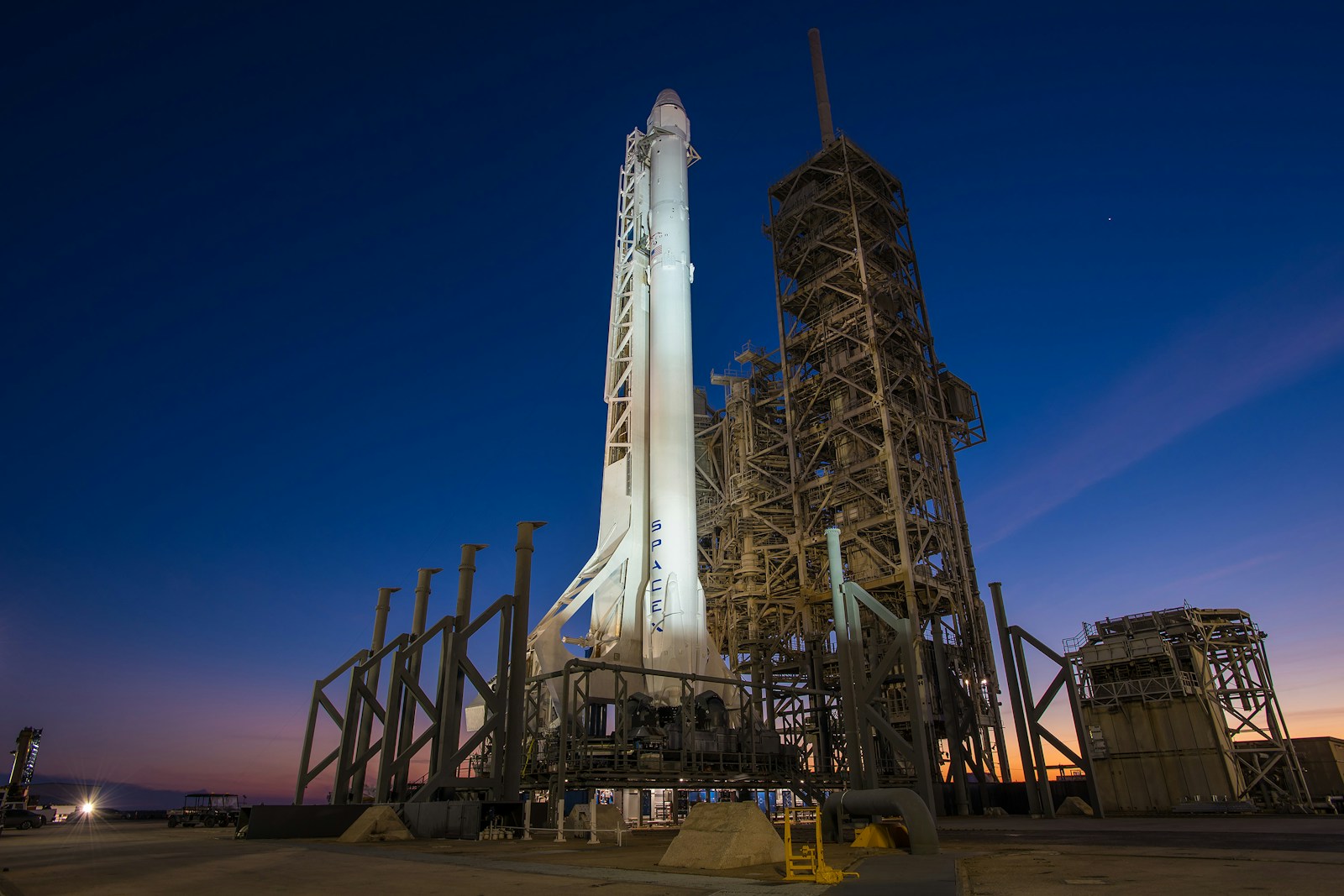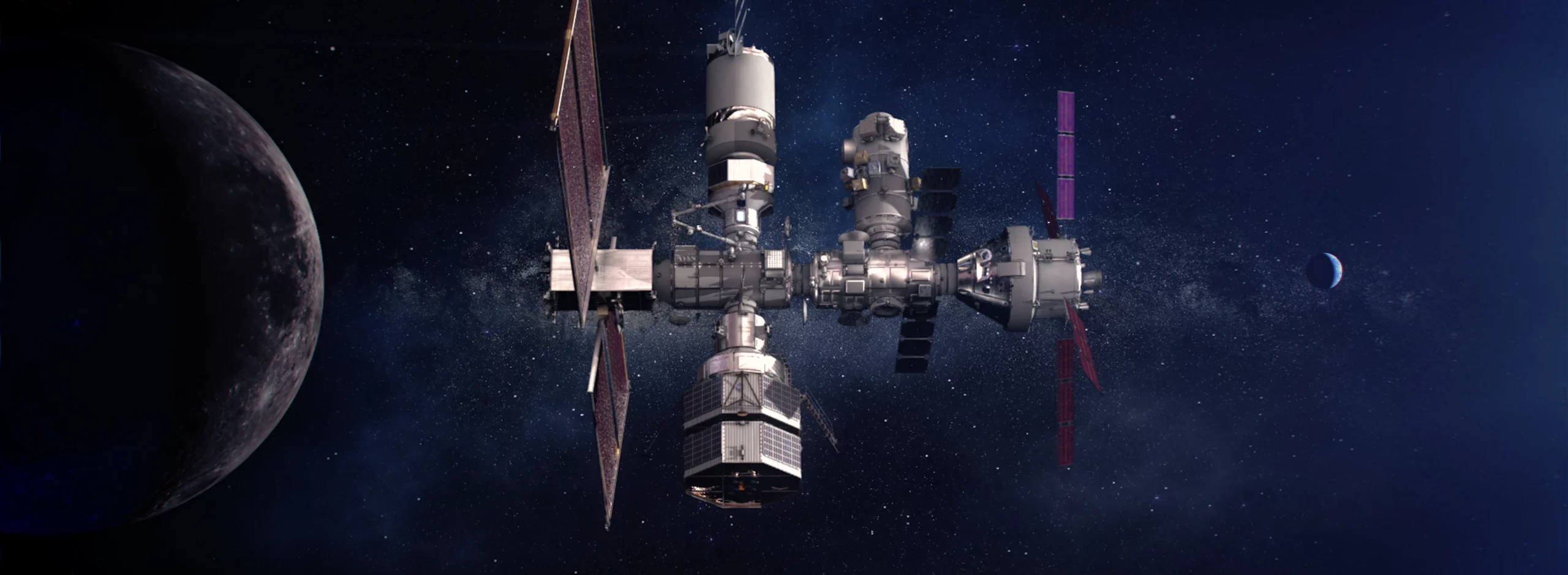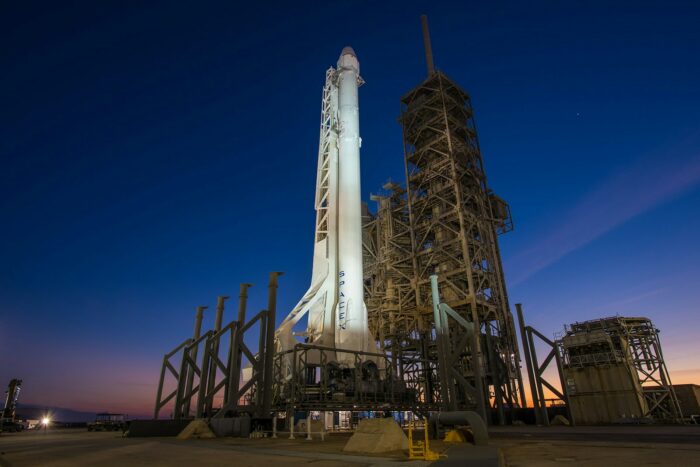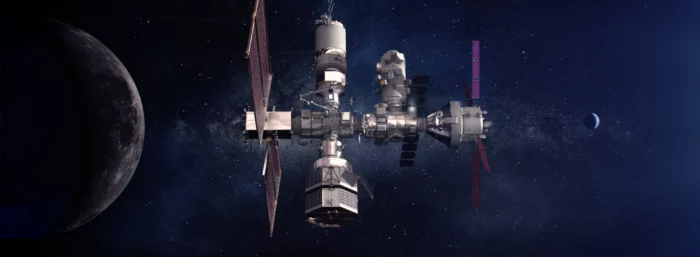China’s space program is moving quickly, with an endgame that seeks to challenge the United States’ dominance in space exploration. Events like the Queqiao-2 accomplishing a critical near-moon braking procedure this year and the announcement that the country was ready to launch constellation of advanced remote sensing satellites by 2030 are just part of the narrative.
China’s space ambitions started in 1936 with Chinese citizen Qian Xuesen as a student at the California Institute of Technology, together with another engineer colleague named Frank Molina, who then gathered a group of scientists known as the “Suicide Squad.” It wasn’t long before their early work caught the eye of the US military, which soon led to the formation of the Jet Propulsion Laboratory in 1943.
However, the geopolitical ground had dramatically changed after World War II: China’s domestic turmoil escalated, and in 1949, the establishment of the People’s Republic of China was declared by the Chinese communist leader Mao Zedong. Chinese nationals like Qian were henceforth considered suspicious in the United States, so much for his contributions: he was thus deported to China in 1955, where he became one of the key figures in forming the Chinese space program.
By 1958, Qian had set up several laboratories in China through Russian technology and knowledge. He was working under the Ministry of Aerospace Industry, which was controlled by the Chinese Communist Party (CCP). Although the primary goal of the ministry was to work on missiles for military tasks, Qian took the leading role in the research of satellites. In April 1970, China launched its first satellite, Dong Fang Hong 1, marking China’s entry into space.
China’s space program got another boost with the coming of Deng Xiaoping’s government, which began suggesting that more resources be poured into satellite technology toward the late 1970s. The Chinese space program underwent an almost complete overhaul in the early 1990s, as the Ministry of Aerospace Industry was superseded by the China National Space Agency (CNSA) and the China Aerospace Science and Technology Corporation (CASC), which took over the strategic planning responsibilities and implementation of long-term strategies as well as the accomplishment of short-term objectives.

The first significant milestone was in 1999 when Shenzhou 1 lifted off, leading further steps that eventually took humanity into space with the successful human-crewed mission of Shenzhou 5 in 2003. From then on, the Shenzhou program has run a series of missions, making continuous contributions to China’s strengthened abilities in manned space flight.
China’s ambitions stretch much beyond low Earth orbit (LEO). The Chang’e lunar program has been very successful, and missions like Chang’e 3 and Chang’e 4 have completed milestones of soft landings on the Moon with the deployment of rovers. The Chang’e 5 mission in 2020 returned lunar samples to Earth, representing another critical advance by China in this area.
Just like China has made strides in lunar missions, it has progressed in Mars exploration with the Tianwen-1 mission, which successfully landed a rover on Mars in 2021. Subsequent missions consist of Tianwen-2, an asteroid-sampling mission, and Tianwen-3, which will return samples from Mars. These missions show China’s determination to explore further than the moon.
Moreover, China is concentrating on developing space capabilities toward constructing a permanent space station: in 2021, the Tianhe core module was launched, and next, they attached the Wentian and Mengtian modules. This, so named Tiangong, will be busy with all kinds of scientific experiments during the coming decade.
Further ambitious plans in the country include new rockets such as Long March 10 and 11 and a reusable Long March 9 featuring a central role in cost-effectiveness and launch capabilities. China’s key aims include resource harvesting on a logistics scale across the solar system and creating a space solar power station with gigawatt-level energy-generating capacities.
China’s growing competence in space is a matter of concern regarding future military applications because the People’s Liberation Army directly commands many of these projects, including the development of satellite systems for intelligence and precision-guided weaponry. For all of this to change as the space race heats up, it will be cooperation between global and regional players — not to mention private enterprises a la SpaceX — that finally will determine the future of space exploration. With even the issue of the militarization of space in the balance, such competition is hoped to lead to more technological developments that will benefit all of humanity.
In an interview with China 24 reported by Space Impulse last year, Keith Cowing, an astrobiologist and former NASA employee, talked about China’s space program. He stressed the increasing popularity of space among nations and gave prominence to the significant progress China has made with the Tiangong space station. Cowing also emphasized the importance of global cooperation in space, suggesting that collaboration could help ease geopolitical tensions.
Cowing also mentioned the potential for commercial space activity, indicating that more civilians might soon venture into space and predicted more missions to the moon, not to mention the expansion of China’s space station.
“I think what you’ll see with China’s space station is additional flights like Shenzhou 15, 16, 17, and 18 as you build out and complete that space station,” he said. He also speculated about larger landers for potential human missions to the moon.
China’s space program is undoubtedly ambitious, aiming for significant milestones in the coming years. As global competition in space exploration intensifies, China’s advancements will continue to shape the future of space exploration, potentially benefiting all of humanity through technological developments and international collaboration.
Share this article:







